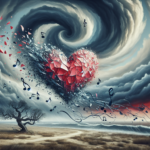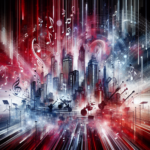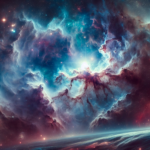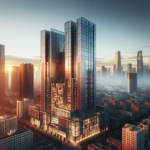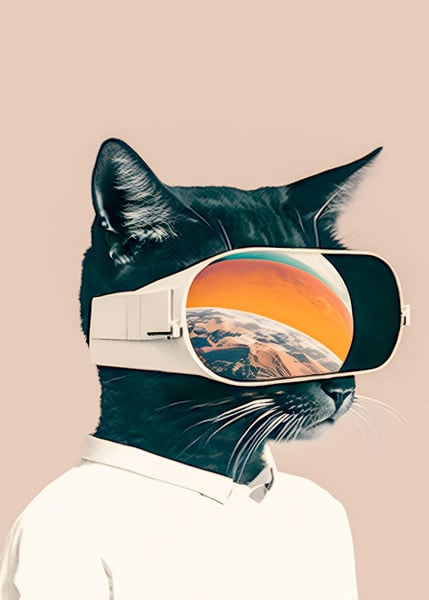The new “Good Morning America” studio has been unveiled, featuring a state-of-the-art space that combines hard scenery, virtual set extensions, and massive movable multipurpose LED units. The redesign allows the studio to be reconfigured in many ways, enhancing storytelling capabilities. Production designer James Easter led the set design efforts.
“I wanted to expand on what ‘GMA’ is now,” he said. The show has moved from its longtime home in Times Square to the Robert A. Iger Building, which includes multiple floors of broadcast studios and support spaces.
This new home serves as a consolidated base of operations for Disney- and ABC-owned productions. “GMA” aimed to retain some visual ties to its old home while incorporating fresh updates. “Overall, the idea was to have something light and airy with a loft-like feel,” Easter noted.
Elements such as brick and wood slat accents were used to achieve this look. The new studio is divided into two areas, known as the “A side” and “B side,” both wrapped in video panels. The set features a total of 65 distinct segments with over 187 million pixels, including video panel floors and various LED products.
The LED units, called “air walls,” slide around the space, allowing for flexible configurations. The main anchor desk, located in the “A” portion, is an organic, curved element backed by a curved video wall with additional video panels.
Hudson Square unveils flexible studio
Real scenery elements like a glossy white column and slatted wood wall segments are installed to blur the lines between hard scenic and virtual set extensions. Opposite the desk, another corner features LED panels wrapped in wood-toned surrounds, integrating graphics designed to mimic real scenery. This allows the studio to transform backgrounds dynamically.
For example, during Ginger Zee’s weather segment, the weather video and map occupy the entire space inside the wood frames. “The goal was to create a look and aesthetic that could change easily, depending on what we’re doing,” Easter explained. “We’re not looking to change every day, but it gives us the flexibility to adjust backgrounds.”
The “B” area is a more open space used for various purposes, including demos and staging of furniture or scenic elements.
This space includes an “LED cyc” that can create backgrounds with physical depth through layers of virtual set extensions. Double-sided LED segments suspended from ceiling tracks can slide from side to side, functioning as vertical “towers” showcasing topical imagery, maps, and live shot feeds. This setup allows for dynamic storytelling and presentation.
ABC created a strong set of virtual set extension graphics that coordinate with hard scenery. Digital scenery designers developed looks that simulate real scenic elements, blending with props and on-set elements coordinated by art director Michael Moore. This setup allows “GMA” to instantly transform the appearance of the set, even enabling mobile demo tables fronted with LED panels to match the displayed graphics.
Many default virtual set extensions mirror hard scenic elements like wood slats, exposed brick, and horizontal banding. The new studio design represents a significant leap in flexibility and visual storytelling for “Good Morning America,” ensuring the iconic show continues to resonate with its core viewership while embracing cutting-edge broadcasting technology.


